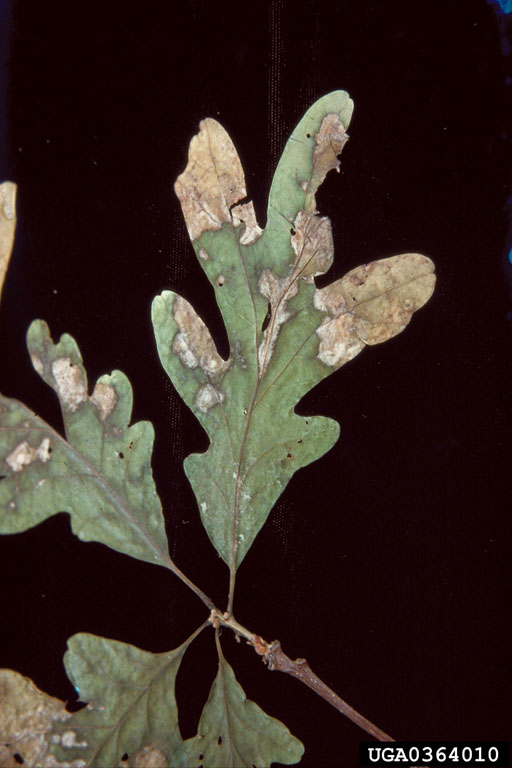tshanefreeman
ArboristSite Operative
I have a customer with a Bur Oak (Quercus marcocarpa) that has just recently taken a turn for the worse.
I will briefly describe its environment and some of the visible foliar characteristics to help shed some light on the problem. I will also provide a few pictures that should make sense of my text descriptions. Any input would be greatly appreciated.
As previously mentioned, the infected tree is a mature Bur Oak. It is growing amongst other Q. marcocarpa that are not affected.........within feet. The leaves are all curling and shrivelled. There is obvious marginal necrosis. Chlorophyll only remaining in the veins of the leaves. There is no streaking in the cambial region. Please make reference to the following pictures.
I can't see how spray drift could be an issue here. If so, the adjacent oaks would and/or should be affected too. I was investigating the probability of nutrient deficiency, but all the trees are sharing the same root zone, so experience shows that all 'should' have similar signs.
Thanks in advance for any new angles and input.
I will briefly describe its environment and some of the visible foliar characteristics to help shed some light on the problem. I will also provide a few pictures that should make sense of my text descriptions. Any input would be greatly appreciated.
As previously mentioned, the infected tree is a mature Bur Oak. It is growing amongst other Q. marcocarpa that are not affected.........within feet. The leaves are all curling and shrivelled. There is obvious marginal necrosis. Chlorophyll only remaining in the veins of the leaves. There is no streaking in the cambial region. Please make reference to the following pictures.
I can't see how spray drift could be an issue here. If so, the adjacent oaks would and/or should be affected too. I was investigating the probability of nutrient deficiency, but all the trees are sharing the same root zone, so experience shows that all 'should' have similar signs.
Thanks in advance for any new angles and input.





